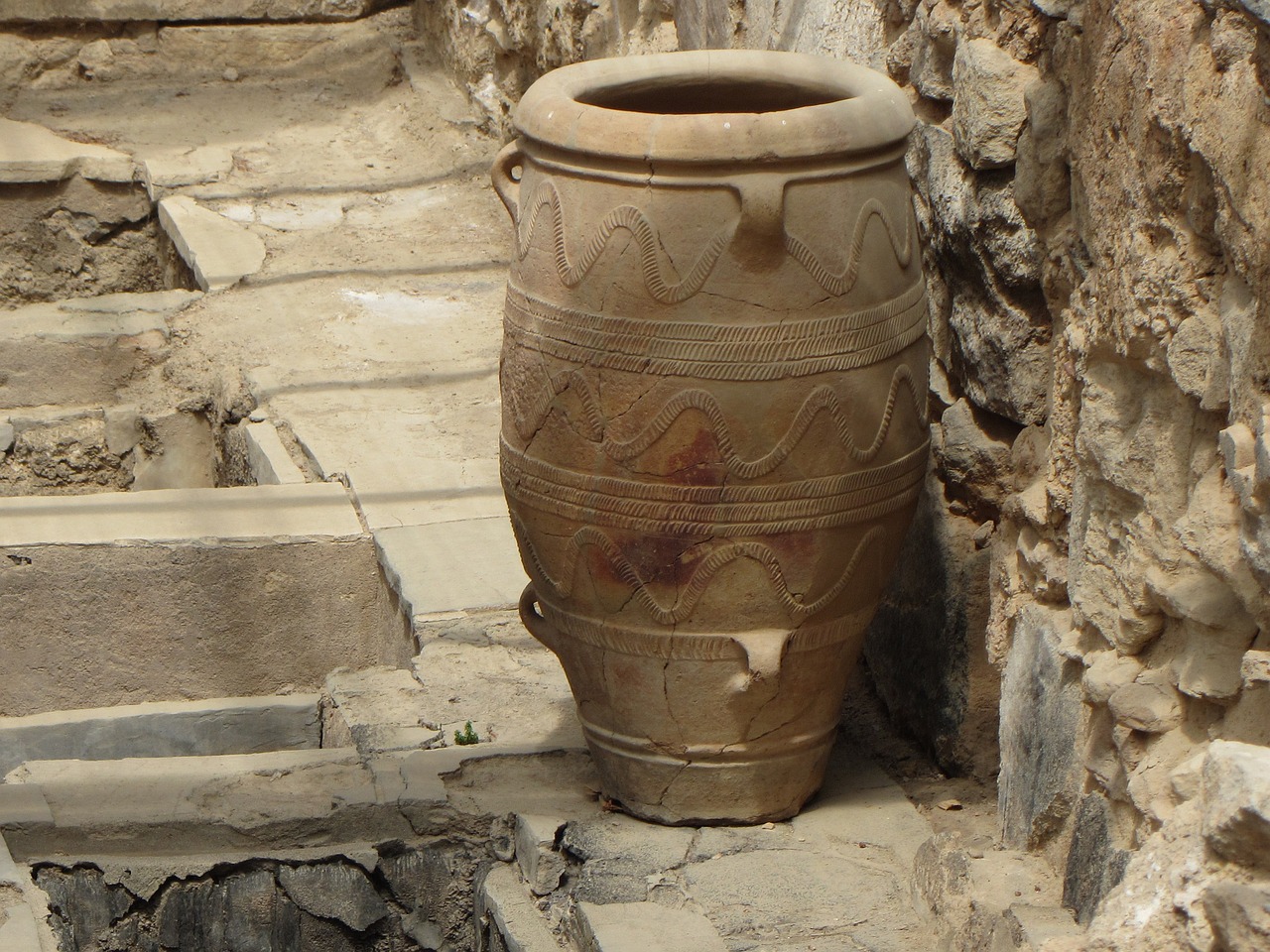Table of Contents
![]()
Introduction
Archaeology is the scientific study of human history and prehistory through the excavation of sites and the analysis of artifacts. Among its many discoveries, unexpected finds have the power to reshape our understanding of ancient civilizations, challenge historical narratives, and illuminate the complexities of human life. This article explores some of the most surprising archaeological discoveries and their profound implications for our understanding of history.
Historical Context of Archaeological Discoveries
The practice of archaeology has evolved significantly since its inception in the 19th century. Early archaeologists focused primarily on monumental architecture and artifacts, often overlooking smaller, everyday items that provide crucial insights into the lives of past peoples. Unexpected finds have been pivotal in transforming our understanding of history, showcasing the dynamic nature of archaeological research. The introduction of modern technologies, such as remote sensing and advanced dating techniques, has further enhanced our ability to make surprising discoveries.
Criteria for Unexpected Finds
In archaeology, “unexpected” refers to discoveries that challenge preconceived notions or reveal previously unknown aspects of history. These finds can include artifacts, structures, or entire sites that do not align with established timelines or cultural understandings. The element of surprise not only captivates the public but also drives academic inquiry, prompting new hypotheses and research directions.
Notable Unexpected Archaeological Finds
The Terracotta Army (China)
In 1974, farmers digging a well in Xi’an, China, stumbled upon a vast underground army: the Terracotta Army. This monumental find, consisting of thousands of life-sized clay soldiers, horses, and chariots, dates back to the Qin Dynasty (221–206 BCE). Its unexpected nature lies in its scale and the level of detail in each figure, which provides insights into ancient Chinese military practices, art, and beliefs about the afterlife. The discovery has reshaped our understanding of imperial China and its burial customs.
The Ice Man (Ötzi)
In 1991, hikers in the Alps discovered the remarkably well-preserved body of a man who lived over 5,000 years ago, known as Ötzi. His unexpected preservation provided a wealth of information about Copper Age lifestyles, including clothing, diet, and even health issues. The find has reshaped narratives about prehistoric Europeans and sparked interest in the study of ancient human remains.
The Rosetta Stone (Egypt)
Discovered in 1799 during Napoleon’s campaign in Egypt, the Rosetta Stone was pivotal for deciphering Egyptian hieroglyphs. The stone features the same text in three scripts: Greek, Demotic, and hieroglyphic, allowing scholars to unlock the language of ancient Egypt. Its unexpected role as a key to understanding a lost civilization has had lasting implications for linguistics and archaeology, transforming our comprehension of ancient texts and culture.
The Nazca Lines (Peru)
The Nazca Lines, a series of large geoglyphs etched into the desert floor in southern Peru, were initially thought to be simple art. However, recent discoveries suggest they might have served astronomical or religious purposes. The unexpected complexity of these lines has led to new theories about the Nazca culture, highlighting the intricate relationship between art, spirituality, and science in ancient societies.
Göbekli Tepe (Turkey)
Unearthed in the 1990s, Göbekli Tepe is one of the world’s oldest known religious structures, dating back to around 9600 BCE. Its unexpected age and elaborate stone carvings have challenged previous assumptions about the development of complex societies, suggesting that organized religion may have predated agriculture. This discovery has redefined our understanding of the socio-cultural dynamics of early human communities.
The Antikythera Mechanism (Greece)
Discovered in a shipwreck off the coast of Antikythera in 1901, the Antikythera Mechanism is an ancient analog computer used to predict astronomical positions and eclipses. Its complexity was unexpected, revealing a level of technological sophistication previously unrecognized in the ancient world. This find has sparked debates about the capabilities of ancient Greek science and technology, leading to a reevaluation of their contributions to mathematics and astronomy.
The Impact of Unexpected Finds on Historical Narratives
Rewriting History
Unexpected archaeological finds often lead to paradigm shifts in historical narratives. They can challenge established timelines and cultural understandings, prompting scholars to reassess the relationships between ancient societies. For example, the discovery of trade routes and cultural exchanges can redefine the connectivity of civilizations previously thought to be isolated.
Cultural Identity and Heritage
Unexpected finds can also impact national pride and cultural identity. Countries may reclaim artifacts to restore a sense of historical heritage, leading to controversies over ownership and repatriation. Such debates highlight the need for ethical considerations in archaeology, particularly regarding indigenous peoples and their ancestral lands.
Methodologies in Uncovering Unexpected Finds
Advances in Archaeological Techniques
Technological advancements have revolutionized archaeology, allowing researchers to discover unexpected finds with greater efficiency and accuracy. Ground-penetrating radar and remote sensing technologies enable archaeologists to survey sites without extensive excavation, revealing hidden structures and artifacts.
Multidisciplinary Approaches
Collaboration with other scientific fields, such as genetics and geology, enriches archaeological research. Incorporating local knowledge and oral traditions can also provide valuable context for interpreting unexpected finds, fostering a more holistic understanding of past societies.
Future Prospects for Unexpected Finds
Areas of Potential Discovery
As archaeologists continue to explore uncharted territories, potential areas for unexpected finds remain abundant. Regions at risk due to climate change, such as melting ice caps or submerged coastal areas, may yield artifacts and sites previously inaccessible, offering new insights into human history.
Ethical Considerations in Archaeology
The commercialization of archaeology and the impact of tourism raise ethical concerns about the preservation of sites and artifacts. Respecting indigenous cultures and histories is crucial in archaeological practice, ensuring that discoveries contribute to a broader understanding of humanity rather than exploiting heritage for profit.
Conclusion
Unexpected archaeological finds enrich our understanding of human history, offering glimpses into the complexities of past societies. These discoveries challenge established narratives, provoke new inquiries, and highlight the dynamic interplay between culture and technology. As we continue to explore and unearth the remnants of our shared past, the potential for unexpected finds remains vast, inviting future generations to deepen their appreciation of the human experience.
Share This





Be the first to comment